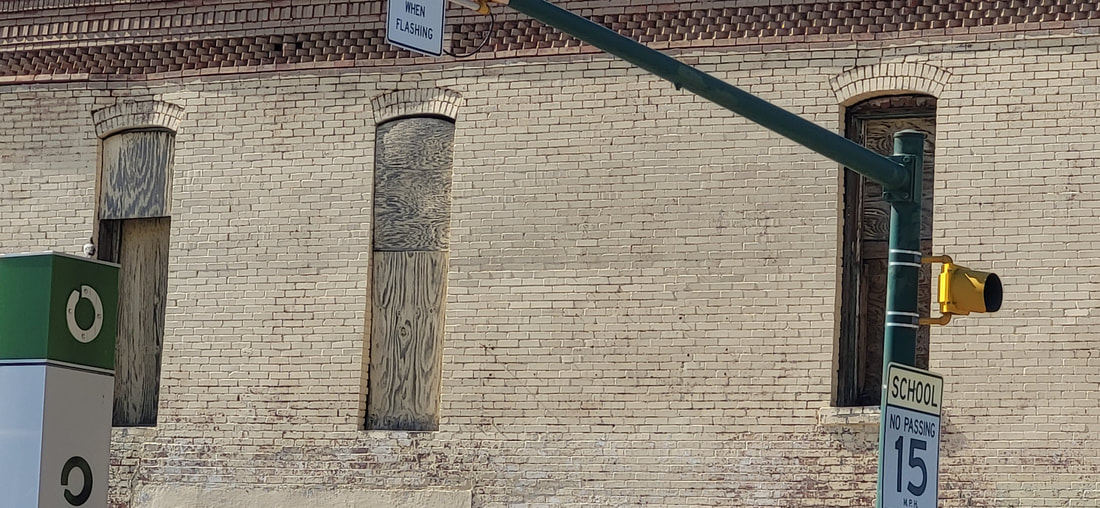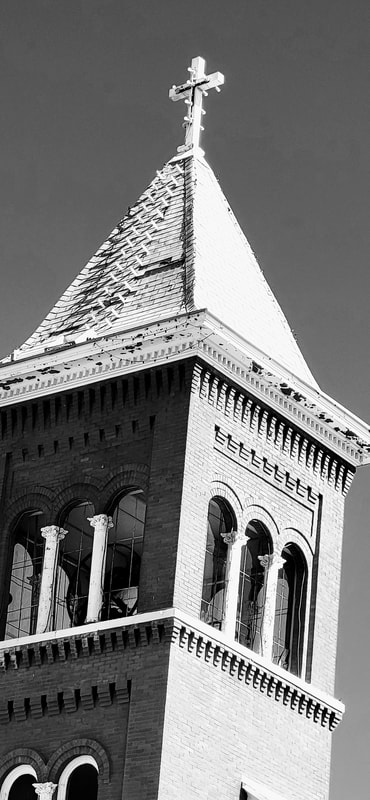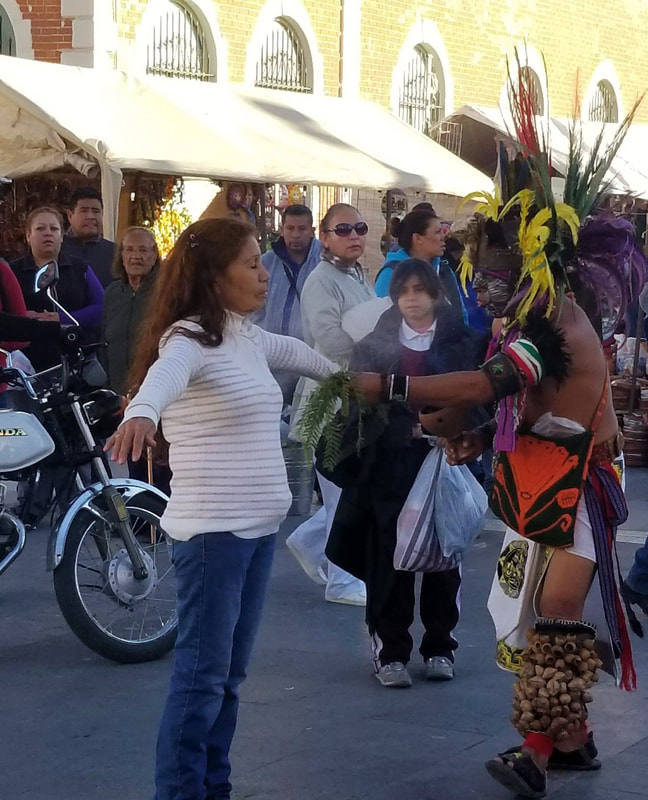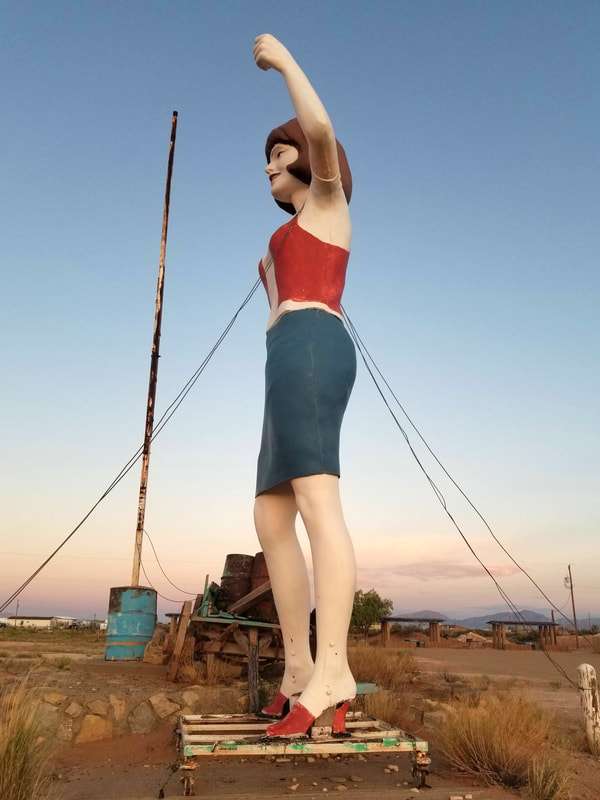|
Today, I share with you a talk I gave in 2015 at the Wise Latina International Conference in El Paso, Texas. It began with a poem. Pat Mora is one of my favorite poets. Her poems resonate with me, rising up from this desert where both of us were born and raised. Mora begins her poem "Desert Women" with the words: "Desert women know about survival." Likening us to cactus whose skins thickens with the heat and cold, she ends her poem by saying, "When we bloom, we stun." Desert people are like the desert plants: beautiful survivors. We are a borderlands people who, like the cactus in Pat Mora’s poem, have sprouted roots into the rocky limestone soil of the Chihuahuan Desert. We have lived here, along the ancient river, among these 60 million year old mountains, sometimes for generations and sometimes for millennia. Like the cactus that during the sporadic desert rains saves each drop of water in its thick flesh, “we’ve learned to hoard” our stories, our memories, our histories “safe behind our thorns” of silence and forgetting. These thorns have protected us over centuries of attacks upon our culture, our languages, and our very worth as human beings. We don’t talk in order to protect our children from our painful experiences. We don’t speak in order to protect ourselves from remembering. The silence has protected us it, yet has left us disconnected from the generations before us, their tragedies and their triumphs, and made it difficult to see our connections to each other across and within generations. Once, remembering the suffering of the women in my own line who lived through being robadas, raped, abandoned, segregated, and who had lost children because of intense poverty, even I, a historian, wondered whether all stories deserved to live. The thorns of history, the ways in which we protect ourselves from what scholar Amy Lonetree calls “the hard truths of colonization,” are symptomatic of how we deal with historical trauma. As scholars and practitioners in social work, mental health, and psychology continue to develop the concept of historical trauma, the far-reaching ways that the experiences of our ancestors shape our psychological, emotional, and spiritual selves, scientists are increasingly understanding that the environment of our grandparents, including their physical environment, have transgenerational effects on our own health. Our histories are not dead. They live in our bodies and in our spirits. Our familial histories, both told and untold, hold power in our lives. In my classroom, students often tell me that they are shocked and surprised when their grandparents tell them what they have suffered because “they don’t like to talk about it.” In a recent class on Mexican American history, I asked students if they knew anyone who had been part of the Bracero Program, the guest worker program of the 1940s to 1960s. They all nodded “no” and we proceeded to watch “Harvest of Loneliness,” a documentary highlighting the often tragic stories of the men and women who suffered humiliation, exploitation of their labor, and the disruption of their families as a result of the agricultural labor program. As I looked out at the class afterwards, they were quiet, their eyes wide open staring back at me. I was in tears witnessing the testimony of former Braceros I had frequently seen in my work with the Centro de Trabajadores Agrícolas Fronterizos. During the break, one of the students texted her mother and discovered that her grandfather had arrived here as a Bracero. She was stunned that he had gone through the experiences portrayed in the film. A decade ago, as I sat on the steps of a modern-day pyramid building covered with beautifully painted Mesoamerican images on the campus of Universidad Nahuatl in Ocotepec, Morelos, my student Juan asked me a question that made me smile but that I have never forgotten. “Dr. Leyva, do you want us to be Aztecs?” We had gone as part of a university study abroad class to investigate indigenous stories, foods, philosophy, and history. I smiled, telling him that I didn’t want us to “be Aztecs” but that I wanted us to find ways to incorporate our ancestral Mexican culture into our modern-days lives as 21st century Mexican-origin people. We still ate our ancestral foods—corn, beans, squash, and chile. We still used indigenous words to describe our world, even when speaking “Spanish.” I knew that Mexican American Catholicism was replete with indigenous symbols and ceremonies, despite more than a century of criticism and even suppression by the U.S. Catholic Church. What had we preserved culturally, why had it survived, and how did it serve us, whether we were conscious of its presence or not? In the face of hundreds of years of cultural suppression under the Spanish colonial system and more than a century of the American educational system’s attempts to Americanize our children through policies that included corporal punishment for speaking Spanish, a disdain of Mexican culture as inferior or backwards, and the invisibility of our own history in the classroom, textbooks, and in the faces of teachers and administrators, our cultural heritage remains with us in the day-to-day ways we live. Although we have rarely had the money or the political power to protect our tangible culture, the landscapes, the buildings, the places that hold meaning to our history, we are increasingly organizing to do so. In the past fifty years, cultural preservation has taken on global significance. UNESCO (United Nations Educational, Scientific and Cultural Organization) has been an international leader in supporting communities in preserving our cultural heritage, both tangible and intangible. According to UNESCO, tangible cultural heritage, the buildings, artifacts, and significant places “validates memories,” “demonstrates recognition of the necessity of the past and of the things that tell its story,” and provides people “a literal way of touching the past.” [1] Intangible Cultural Heritage, which they define as “the practices, representations, expressions, as well as the knowledge and skills (including instruments, objects, artefacts, cultural spaces), that communities, groups and, in some cases, individuals recognize as part of their cultural heritage.”[2] With a history rooted in the 1948 Universal Declaration of Human Rights, the International Covenant on Economic, Social and Cultural Rights of 1966, and UNESCO’s 1989 Recommendation on the Safeguarding of Traditional Culture and Folklore, among others, UNESCO adopted the Convention for the Safeguarding of the Intangible Cultural Heritage in 2003. [1] Accessed at http://www.unesco.org/new/en/cairo/culture/tangible-cultural-heritage/ on June 2, 2015 [2] Accessed at http://www.unesco.org/services/documentation/archives/multimedia/?id_page=13&PHPSESSID=cdf1c1b605ebc498950fa399d2ed8658 on June 2, 2015. To be continued....
0 Comments
Leave a Reply. |

My father used to tell me about sneaking into this theater to watch movies as a kid in the 1910s. It showed Spanish language films. In the 1940s, it was transformed into a "whites only" theater but that didn't last long. By the 1950s, it was headquarters to the Mine, Mill, and Smelter Workers Union, a radical labor organization. Before it closed, it housed the Mine and Mill Bar.
Segundo Barrio
Father Rahm Street
July 2022
La Virgensita en la frontera
Cd Juarez downtown
December 2017
La Mariscal, Ciudad Juarez, 2017
Montana Vista 2019
El Centro July 2022






























